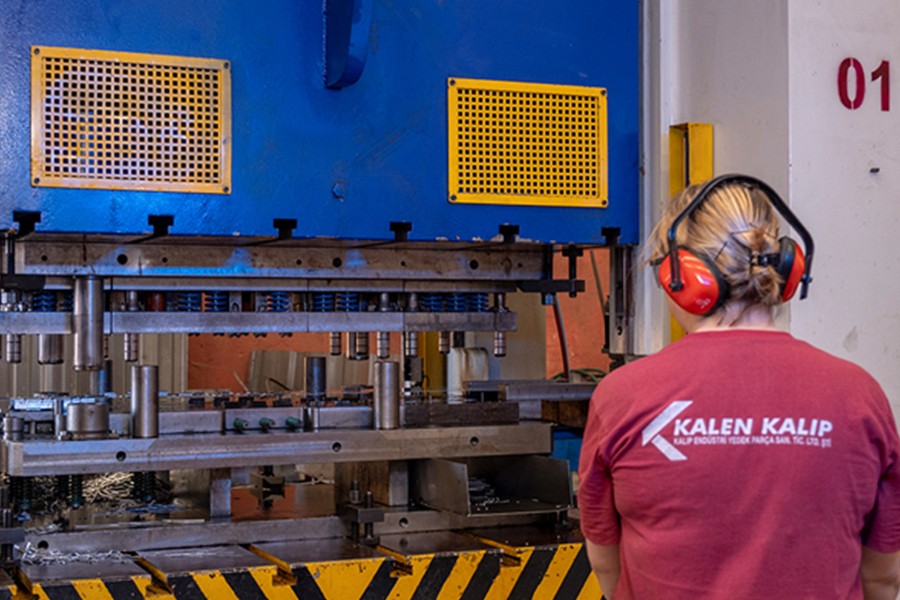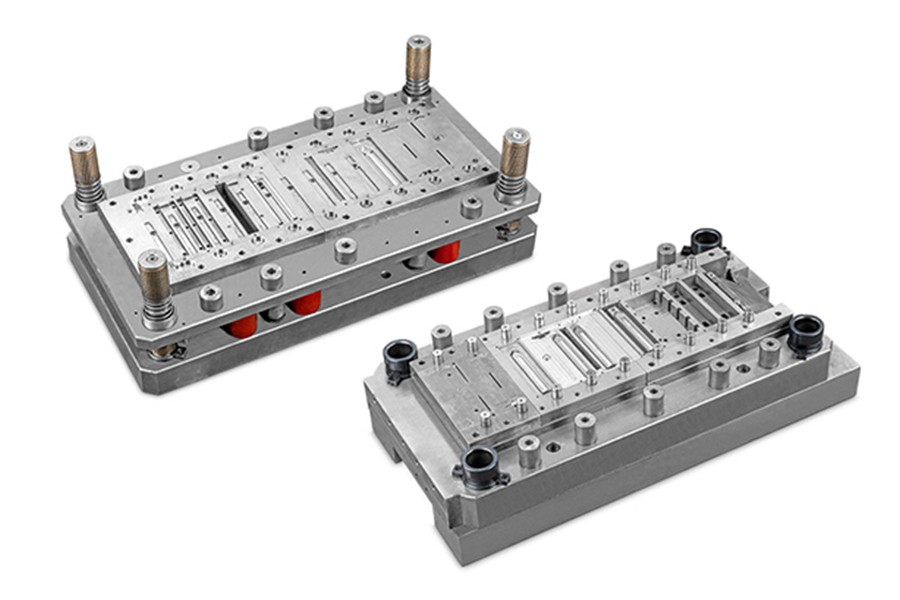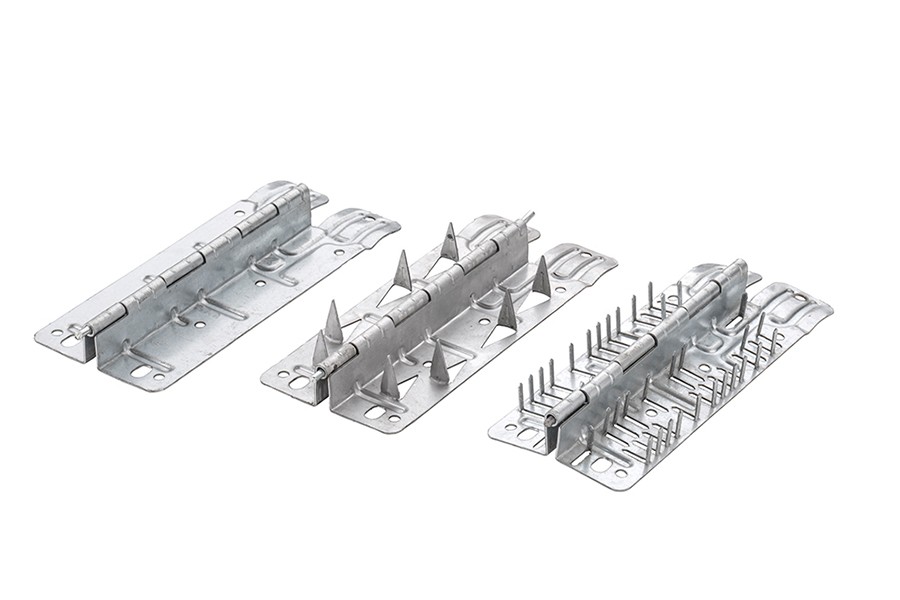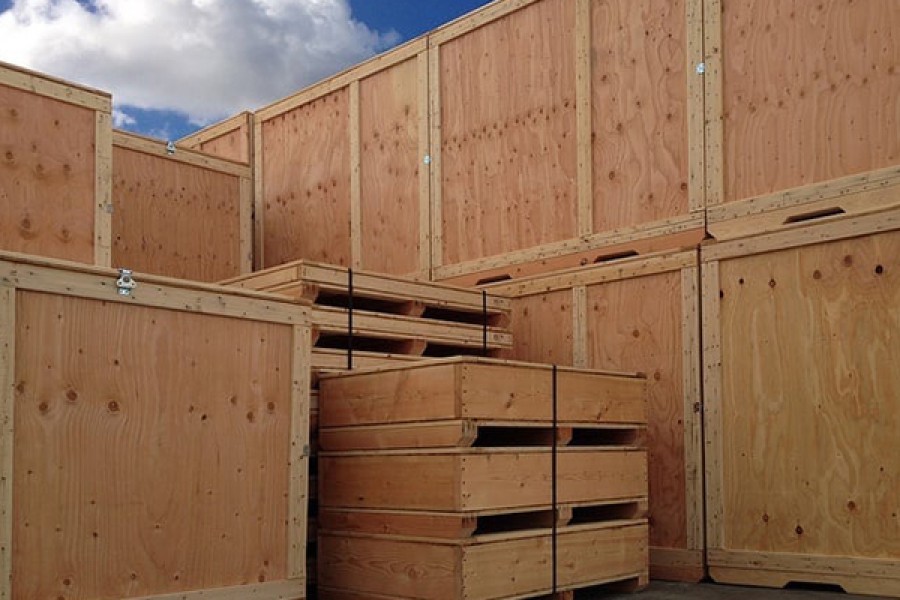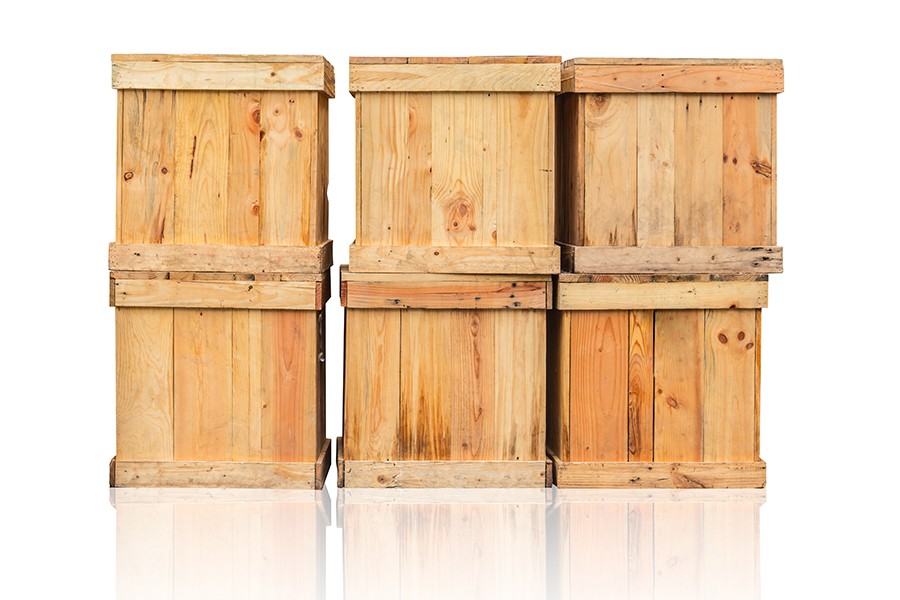
Export Crates
Creating a Brand in Global Trade
Exports of goods are an integral component of global trade and form the backbone of international commercial transactions. One of the most important elements that ensure the uninterrupted flow of these goods is the use of export crates. These are special containers designed to protect and transport a variety of products to international destinations. This article provides a comprehensive overview of export crate production and their various uses, contributing to the optimization of global trade operations.
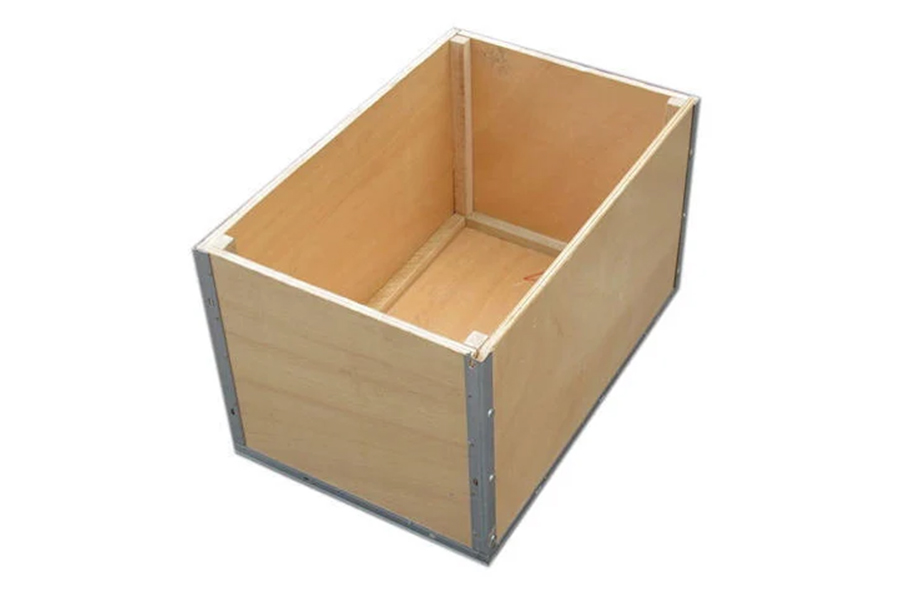
Features of Export Crates
Export crates are sturdy containers created for the safe transportation of goods. It is designed to meet international shipping standards, ensuring that products reach their destination undamaged. These crates are usually made of materials such as wood, metal or plastic, depending on the nature of the cargo and shipping requirements. Hinged wooden export crates are predominantly used due to their strength, durability and cost-effectiveness.
Export Crates Production
1. Material Selection: Choosing the right material is very important. Because it is durable and cost-effective, hinged wood is the most common choice, especially for heavy load transportation. While plastic is preferred due to its lightness and resistance to weather conditions, metal cases are used due to its unique durability and security.
2. Design and Manufacturing:The construction of the export crate starts with the design. Dimensions, weight capacity and protective measures are taken into consideration when designing a crate that can safely house products. Kalen Kalıp produces crate hinges so that you can make wooden export crates safer. In this way, transportation takes place smoothly.
3. Compliance and Certification: Export crates must comply with international shipping standards and regulations, such as ISPM 15 for wooden crates, and ensure that the materials used are treated and safe for international transport. The certificate from the relevant authorities confirms that the safes meet the necessary guidelines and are suitable for export.

Usage Areas of Export Crates
1. Manufacturing Industry: Manufacturing industries largely use export crates to transport machinery, components, and finished products. The durability and durability of these crates are very important for the safe transportation of heavy and breakable items.
2. Agricultural Sector: In agriculture, export crates are indispensable for the transportation of perishable goods, fruits, vegetables and other products, often requiring crates with special features such as ventilation and insulation.
3. Automotive Industry: The automotive industry uses export cases to transport vehicle parts, components, and sometimes entire vehicles; This requires cases that can withstand significant weights and provide adequate protection.
4. Art and Antiquities: Export crates are widely used in the transportation of works of art, works of art and antiques. These products often require custom-made cases with advanced protective measures such as padding and climate control.
5. Electronics Industry:The electronics industry utilizes export crates to ship devices, components, and equipment. These cases are generally designed with antistatic and cushioning features to protect sensitive electronic items.
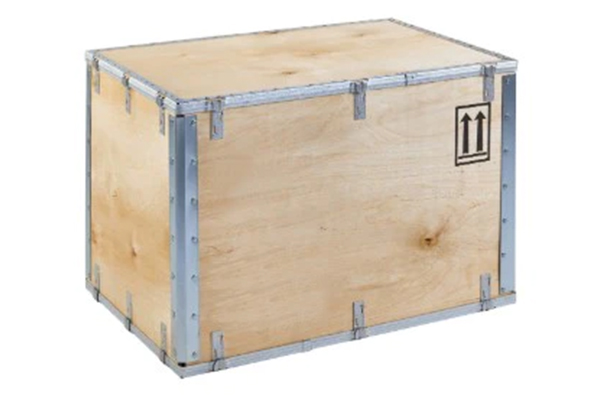
Export crates are important assets in international trade that facilitate the safe and efficient transportation of goods across various sectors. The different uses of export crates, from agricultural products to delicate works of art, testify to their versatility and indispensability in global trade. By adhering to international standards and optimizing case design and materials, businesses can ensure the safe transportation of products and strengthen the reliability and integrity of international trading systems.

